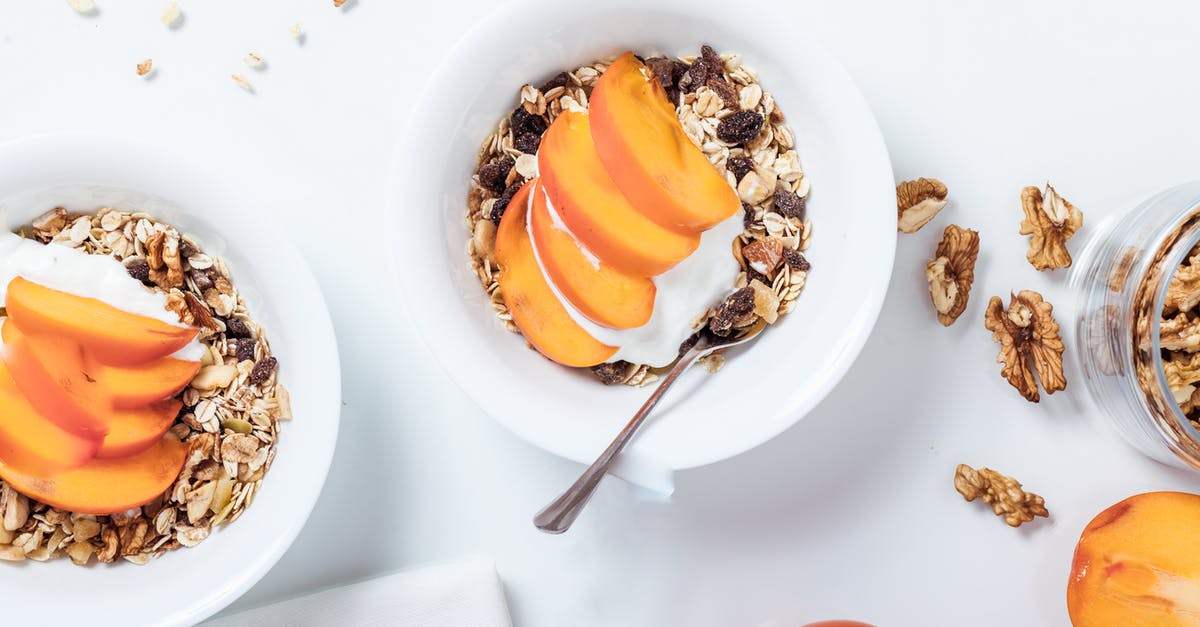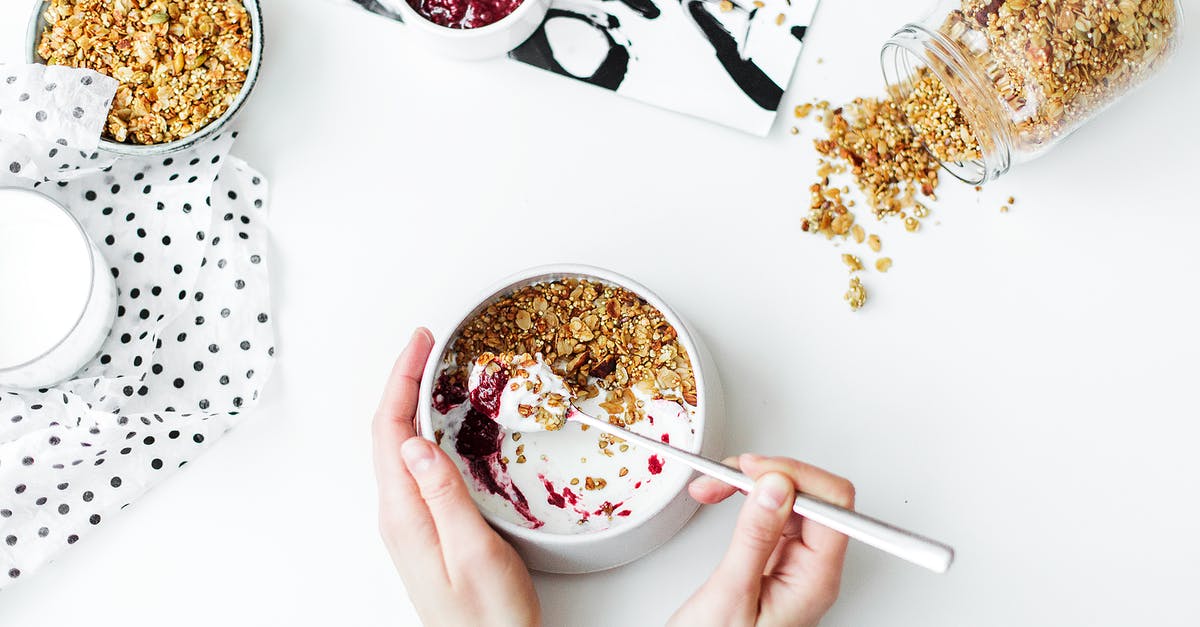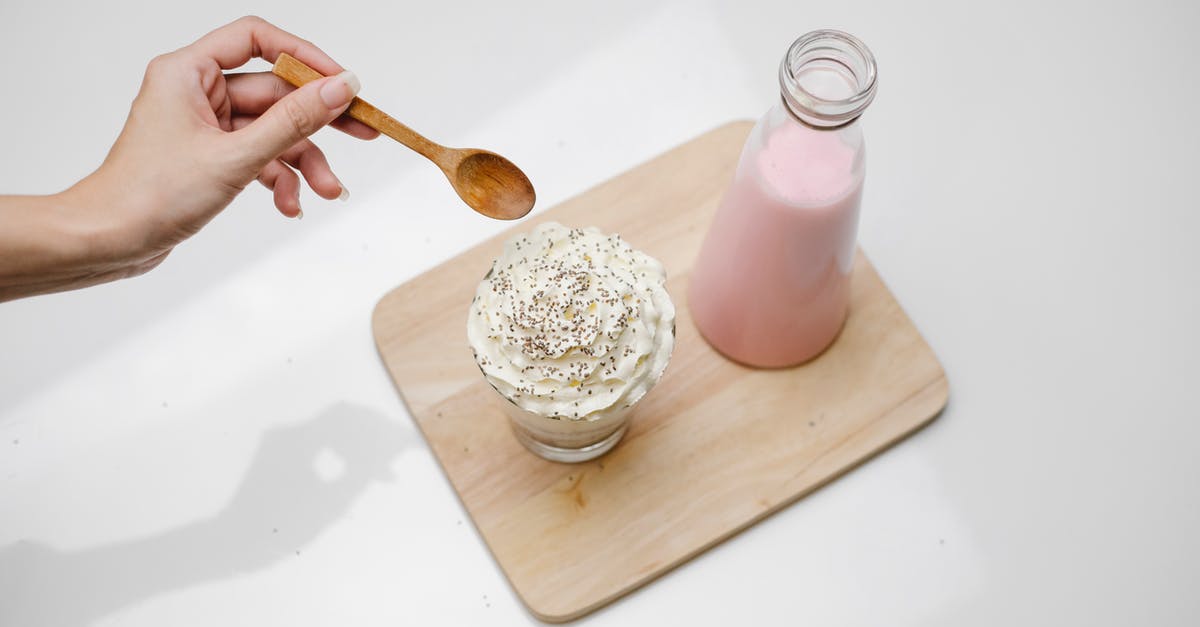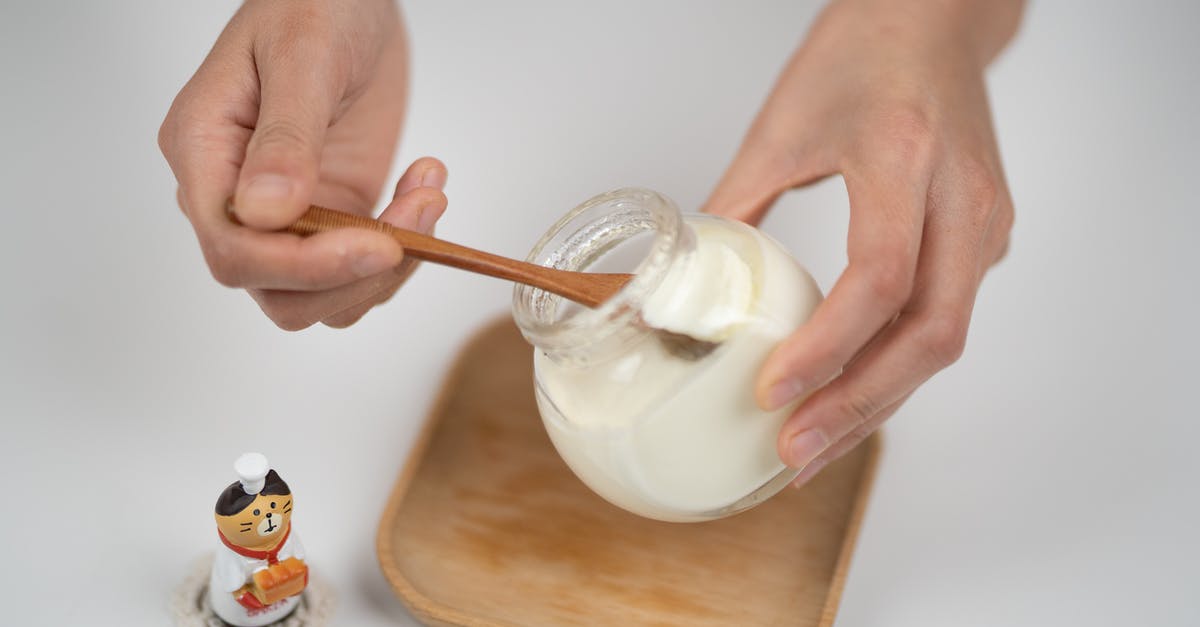Yogurt from raw cow milk has a gelatinous consistency

I've been making yogurt for a couple of years now, using commercial milk from the super market, with some very good success.
Recently decided to up my game by sourcing the milk directly at the farm, and I am now getting untreated raw cow milk.
However, the results are not satisfying, the yogurt has a gelatinous consistency, meaning that it does not break under the spoon. After cutting in the yogurt, the whey does not split neatly from the curd but they blend into a watery, soupy yogurt. The tastes is absolutely delicious however.
First I thought it had to do with fat contents. I then let the milk sit over night, skimmed the cream out of the milk and then used the skimmed milk as base for the yogurt. This improved the situation just a tad. Overall the yogurt remains gooey.
I am thinking of investing in a milk centrifuge to further extract fat from the milk, assuming the assumption about the fact is correct, but the process was not intensive enough to produce the expected results.
Or there is yet another factor I haven't thought about?
I am also doubting the theory, as I have had raw milk super fatty yogurt in rural India and it was definitely solid (perhaps more so than the yogurt made with skimmed milk).
Process:
- Bring milk to 100F
- Add yogurt from previous batch
- Store preparation in a tupperware, and store that tupperware inside a portable cooler box for 6 to 8 hours.
- Refrigerate the yogurt for 6 to 8 hours.
Best Answer
Your process skips the scalding step for the milk.
To get the proper consistency for yogurt, you have to boil it up once. This has two functions: it kills bacteria which might outcompete the culture, and it changes the shape of the proteins, making a difference in the way they cross-link together, and giving it the proper final texture. This is especially visible in your case of using unpasteurized milk, but it actually also has to be done with store-bought (pasteurized) milk for optimal results.
You don't have to keep it at the boiling temperature for long, but you have to bring it to 85-ish or above (Celsius) for at least a few seconds. Afterwards you have to let it cool down to the incubation temperature - and as said in the comments, 100 F is actually too low, it has to incubate at 42 to 46 C depending on the culture you are using and on the sensory properties you want to have in the final product. A higher temperature will give you a firmer yogurt, more whey separation, and a higher proportion of acids, especially acetic acid.
The fat won't give you a firmer or a less firm yogurt, but it does give you a creamier mouthfeel. Generally, full-fat yogurt is perceived as being more pleasant than skimmed yogurt, although if your personal taste goes towards dryness/firmness, it may add a different texture dimension which distracts from the taste you are after. So you can indeed experiment to find your optimal results. Before you invest the money in a centrifuge, consider making a few batches of yogurt with store-bought full-fat and skim yogurt, to see if you indeed like the skim version more.
Pictures about "Yogurt from raw cow milk has a gelatinous consistency"



Is it safe to use raw milk for yogurt?
MYTH: Drinking raw milk may not be safe, but no harm will come from eating products (soft cheese, ice cream, and yogurt) made from raw milk.Do I have to heat raw milk to make yogurt?
NO NEED TO HEAT THE MILK IF ITS RAW Raw milk yoghurt is chock full of beneficial enzymes that will be destroyed if the milk is heated above 110\xb0 Fahrenheit (about 43\xb0 Celsius). According to Natasha Campbell McBride, founder of the GAPS diet, if you don't heat the milk the innate bacteria of the raw milk are preserved.How long is raw milk yogurt good for?
Use a whisk to give it a good mix to even its consistency and then transfer it to clean jars. Store your raw milk yogurt in the fridge. It should last two to three weeks.How to Make Raw Milk Yogurt without Heating | GAPS DIET RECIPES STAGE 1 | Bumblebee Apothecary
Sources: Stack Exchange - This article follows the attribution requirements of Stack Exchange and is licensed under CC BY-SA 3.0.
Images: Alexander Mils, Daria Shevtsova, Charlotte May, Cats Coming
